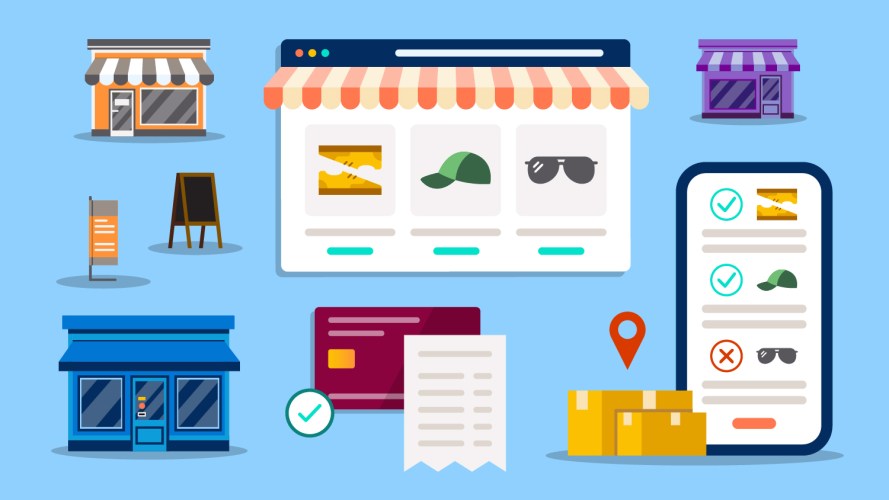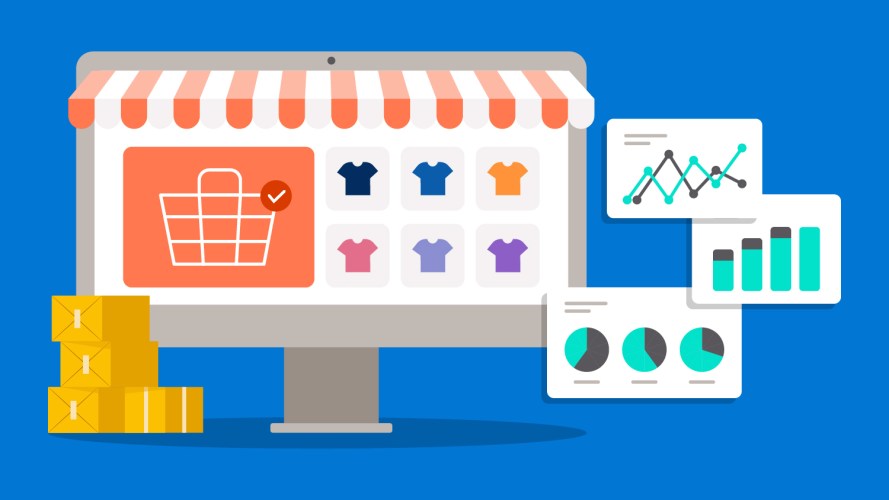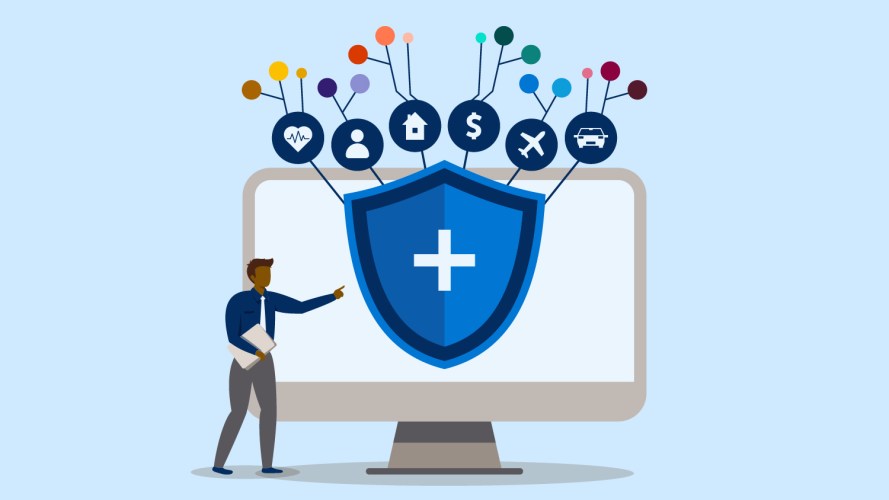Is Your Ecommerce Website Ready for Holiday Splurges and Traffic Surges?



Fifty-eight percent of consumers say they’ll shop more online this year than last year. Are you ready to boost your ecommerce website performance?

Matt Marcotte
You no longer have to wait for Thanksgiving to optimize your ecommerce site for the holiday season traffic surge. In fact, you shouldn’t. Between an extended holiday shopping season and sustained ecommerce growth, retailers need to be ready at all times. Ecommerce sites have risen to meet customer expectations with regular sale events and major promotions throughout the year, sometimes on a weekly basis. Last year, consumers spent $1.1 trillion online worldwide and $236 billion in the U.S., compared to $723 billion worldwide and $165 billion in the U.S. in 2019.
This year, we can expect to see traffic surges as shoppers start earlier and continue into the new year, splurging on everything from luxury goods to items for social events. But if the last year and a half taught us anything, it’s to be ready for peak demand anytime — not just during the holidays. Anything can happen: another black swan event, a product goes viral on TikTok, or a flash sale catches on with even more people.
Here’s what you can do to achieve year-round peak ecommerce website performance levels.
The 2021 holiday shopping season calls for 2021 strategies
Are you ready? Discover the tactics you need to succeed.



Maximize website speed for better performance
Consider that 40% of consumers will abandon a page if it takes longer than three seconds to load.
Unnecessary data and code can consume memory, slow page load times, trigger errors, and ultimately take a financial toll. “Every unnecessary data point has a negative impact on performance,” says Frank Billing, technical account manager in Salesforce’s Customer Success Group.
To streamline your ecommerce website performance, clean up data sets and jettison unused data on a regular schedule. Take the following steps:
Test, measure, refine, and repeat
Monitor site metrics to establish a baseline measurement. Use load testing and apply performance testing results to quality assurance (QA) processes. Continuously refine your model.
Monitor site speed regularly
Measure runtimes across your website, including home and landing pages, product pages, shopping cart, checkout, and place order. Compare the data against recommended best practices and resolve bottlenecks when necessary.
Optimize caching
Review caching to ensure unused content doesn’t prevent popular pages from being stored.
Keep an eye on third-party integrations
Test QA failure scenarios, implement timeout functions, and automate important notifications.
Prioritize ecommerce website performance over features
Help online shoppers engage in an intuitive shopping experience and easily complete purchases. Convenience is key: 70% of consumers say it is more important than the brand itself, even one with a sterling reputation.
Make sure the basic functions (think add-to-cart button) work flawlessly under peak traffic conditions before adding other features that aren’t key revenue drivers.
Evaluate new features’ impact on your ecommerce website performance before you add them. Proceed only if the effect is minimal and the revenue upside is promising.
To be safe, deploy what are known as “soft fail” triggers. These ensure that your platform resources are allocated to order and checkout. With a soft fail, you can rank the prioritization of services and identify any secondary features to disable first.
Another option is to adopt a headless commerce architecture. Headless commerce separates the back-end from the front-end of your storefront so that you can launch, update, and optimize ecommerce applications instantly. Commerce teams don’t have to wait weeks in the developer queue to add new functionalities instantly, like buy online, pick up in store.
Incorporate personalized touches
“Ecommerce is an advantage for retailers. Instead of an anonymous person making a purchase in-store, you can deliver a more personalized experience online with ‘known’ customers,” says Billing.
In fact, 52% of customers expect offers to always be personalized. And in a “cookieless world” that matters more than ever. With Google eliminating third-party tracking in 2023, it is especially important for retailers to use first-party data to learn a customer’s interests and intent to continue to deliver a personalized experience.
Artificial intelligence (AI) enables retailers to tailor every website visit to individual shopper preferences. With AI, you can:
- Add intuitive features like product recommendations, bundles, and complete-the-set. For example, if a shopper is on a page searching for children’s backpacks, complete-the-set accessories like hats might appear in the right rails. These features increase cart size and drive revenue higher.
- Customize product search results based on behavior data. Retailers can bring up style and size recommendations based on past purchases.
- Embed an AI-powered chatbot to handle common customer service requests like initiating a return or order status. This frees up time for customer service agents to handle more complex cases.
- Automate workflows in customer portals to empower shoppers. This will speed up common processes like creating return labels during peak demand.
Embrace a growth mindset
Embrace an attitude of continuous improvement by evaluating ecommerce website performance and customer feedback after every event. Use those inputs to iterate your ecommerce strategy to support changing preferences and build loyalty.
Deploy customer surveys after key moments throughout the shopping journey, too. By gathering this data and incorporating feedback, you can continue to refine your site experience.
Now your new-and-improved website is ready to run well past the holiday season.
Get the new holiday planning guide
Find out what the future holds for retailers during the 2021 holiday shopping season.


























